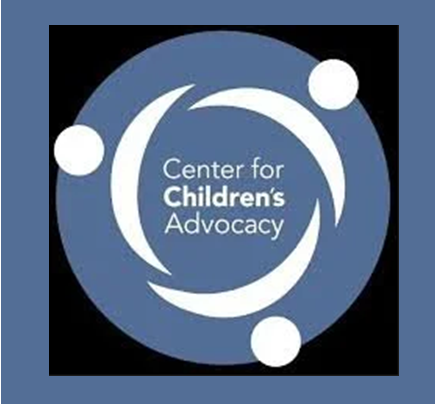13 CT High Schools in Nation’s Top 500, Up from 8 Last Year; Four CT Schools "Beat the Odds"
/Thirteen Connecticut high schools rank among the nation’s top 500 according to a report compiled by Newsweek Magazine – an increase from eight schools a year ago.
Connecticut did not have a school ranked in the top 100. The highest ranked Connecticut school on the list is Amity High School in Woodbridge, which placed at #112, up from #667 last year. Connecticut’s top-ranked high school in last year’s analysis, the Connecticut IB Academy in East Hartford, also ranked #112 that year. This year the IB Academy was at #140, the second highest ranked school in Connecticut.
New to the top 500 from Connecticut this year were Litchfield High School, Greenwich High School, Daniel Hand High School in Madison, South Windsor High School, Fairfield Warde High School, East Lyme High School, Wolcott High School, East Lyme High School, Wolcott High School, Lyme-Old Lyme High School, Haddam-Killingworth High School, Pomperaug High School in Southbury and Cheshire High School.
Every year Newsweek announces the nation’s best high schools that do an outstanding job of preparing students for college. The magazine teamed up with a research group to compile the list. They said their methodology was more stringent than ever with new measures of quality and a high standard of data, utilized a College Readiness Score that was based on the following six indicators:
- Enrollment Rate—25 percent
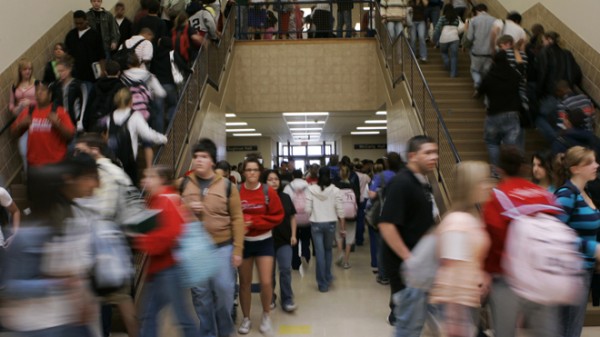
- Graduation Rate—20 percent
- Weighted AP/IB composite—17.5 percent
- Weighted SAT/ACT composite—17.5 percent
- Holding Power (change in student enrollment between ninth and 12th grades; this measure is intended to control for student attrition)—10 percent
- Counselor-to-Student Ratio —10 percent
The number one spot in the nation went to Thomas Jefferson High School in Alexandria, VA. Connecticut’s 13 high schools ranked in Newsweek’s Top 500 include:
- Amity High School in Woodbridge (#112)
- Connecticut IB Academy in East Hartford (#140)
- Litchfield High School (#164)
- Greenwich High School (#168)
- Daniel Hand High School in Madison (#179)
- South Windsor High School (#226)
- Fairfield Warde High School (#227)
- East Lyme High School (#228)
- Wolcott High School (#337)
- Lyme-Old Lyme High School (#352)
- Haddam-Killingworth High School (#336)
- Pomperaug High School in Southbury (#386)
- Cheshire High School (#401)
A year ago, there were eight Connecticut high schools in the top 500. The top-ranked school in the state was the Connecticut IB Academy in East Hartford, at #112. Also ranking in the top 500 in 2013 were Weston High School at #190, Staples High School in Westport at #196, New Canaan High School at #227, Ridgefield High School at #270, Farmington High School at #405, and Valley Regional High School in Deep River at #441. All but the Connecticut IB Academy fell out of the top 500 this year.
Among this year’s top 500, Greenwich High School was #573 a year ago, Daniel Hand High School in Madison ranked #589, Amity Regional High School in Woodbridge was #667, and East Lyme High School was #723.
"Beat the Odds" Schools
In a separate ranking of the nation’s top schools for low-income students, which Newsweek describes as "Beat the Odds Schools," the highest-ranked Connecticut high school was the Greater Hartford Academy of the Arts, which ranked #266. It is one of four Connecticut high schools to reach the nation's top 500, according to the Newsweek analysis. The Connecticut IB Academy was the second-ranked Connecticut high school on this list as well, coming in at #275. Bunnell High School in Stratford was #290, and Common Ground High School in New Haven was #316.
With the list, Newsweek sought to “recognize schools that beat the odds, performing better than statistically expected for their level of poverty.” Schools were ranked on how well they prepare their students for college, taking students’ socio-economic background into account.




 ut.
ut.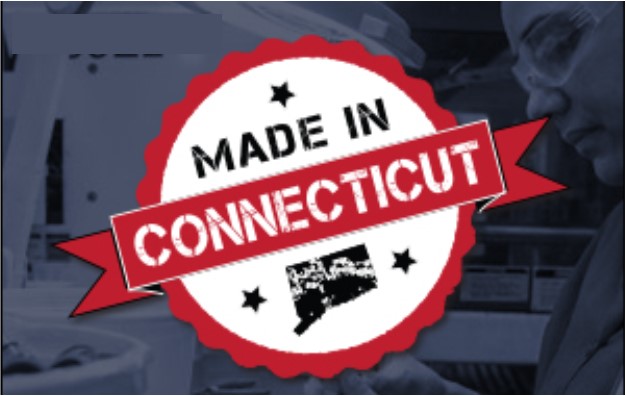

![5th-tristate-weather-conference-final[1]](http://static1.squarespace.com/static/5c981f3d0fb4450001fdde5d/5c9d7eea87da80ed9fa8b24c/5c9d80f187da80ed9fa935fd/1553826033515/5th-tristate-weather-conference-final1.jpg?format=original)
 Connecticut First Alert Weather Team in December 2005 and currently serves as the weekend evening meteorologist and as a general assignment reporter on weekdays. His
Connecticut First Alert Weather Team in December 2005 and currently serves as the weekend evening meteorologist and as a general assignment reporter on weekdays. His  Dr. Jason Tuelll, Director, Eastern Region NWS, Bohemia, NY
Dr. Jason Tuelll, Director, Eastern Region NWS, Bohemia, NY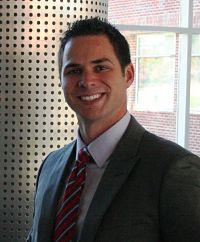
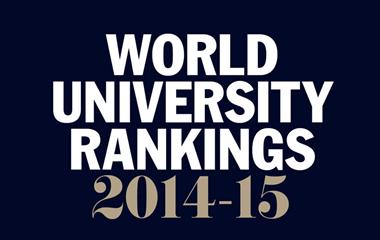

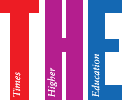 Watch the video
Watch the video



 ication sets out to “identify the most public-minded institutions,” utilizing the three criteria and a handful of specific measures in each.
ication sets out to “identify the most public-minded institutions,” utilizing the three criteria and a handful of specific measures in each.




 ispanics have science or engineering degrees. This disparity needs to be addressed,” Bluford said.
ispanics have science or engineering degrees. This disparity needs to be addressed,” Bluford said.
 rs were demanding, my parents were relentless,” Bluford recalled.
rs were demanding, my parents were relentless,” Bluford recalled.




